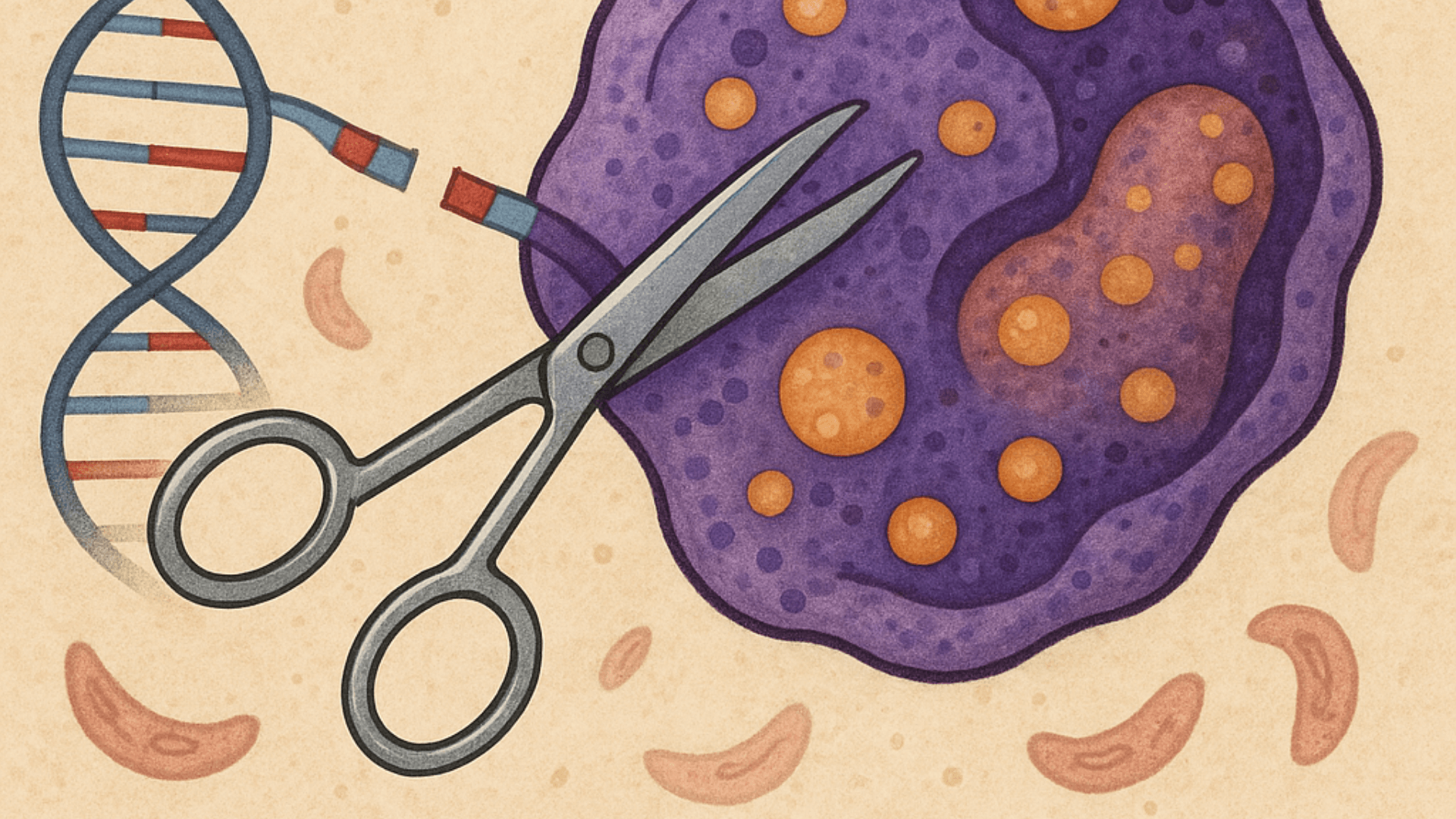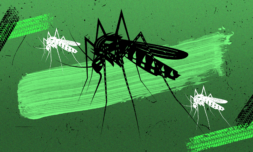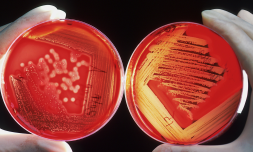This isn’t the first time a mosquito’s gene has been tweaked to prevent the spread of disease. However, it is one of the few solutions that saves both mosquitoes and people alike from malaria.
The world-renowned CRISPR-Cas9 gene editing tool has once again put its mind-blowing capabilities to use. This time, its purpose was to come up with a solution to potentially prevent the countless malaria outbreaks that currently plague certain regions of the world.
From baby formula to the discoveries of microbes, cures have been long sought after, with the disease’s increasing casualties worldwide.
With that, just a few days ago, a study was published in Nature by a group of researchers who endeavored to tweak the gene of malaria-carrying mosquitoes. With the disease being quite a challenge to treat in today’s landscape, this solution offers a different angle to tackle it by thwarting it right at the cycle’s beginning.
Annually, malaria causes the deaths of an estimated 600,000 people. Though the World Health Organisation has recorded the outbreaks in over 80 countries, most are predominantly in Africa. In fact, the continent accounts for over 90% of global malaria cases and deaths. In 2023, 4 African countries alone, Nigeria, the Democratic Republic of Congo, Niger, and Tanzania, accounted for 50% of total deaths.
The history of malaria is one that goes back thousands of years to the ancient world. Today, the current outbreaks start with a female Anopheles mosquito that bites an individual with malaria. Through the blood, the mosquito takes in the disease-causing parasite, Plasmodium, in the form of gametocytes.
Later, within the mosquito, the gametocytes grow into sporozoites – the infectious form of the parasite. When this now-infected mosquito bites a new individual, these sporozoites are transmitted into their bloodstream. These parasites then travel to the liver, where they multiply and cause the symptoms associated with malaria. As such, this vicious cycle repeats to no end.
So, coming back to the researchers, they found that targeting the FREP1 gene in mosquitoes essentially rids them of their malaria-carrying capabilities. This might be daunting to understand at first glance, so here’s a breakdown of the science.
All living things contain amino acids – the building blocks of proteins, when arranged in a certain order. These proteins then go on to play crucial roles in the replication of DNA and RNA within the body. Think of a protein as a chain, linked by amino acids. Changing one amino acid completely changes the structure and function of the protein.





















